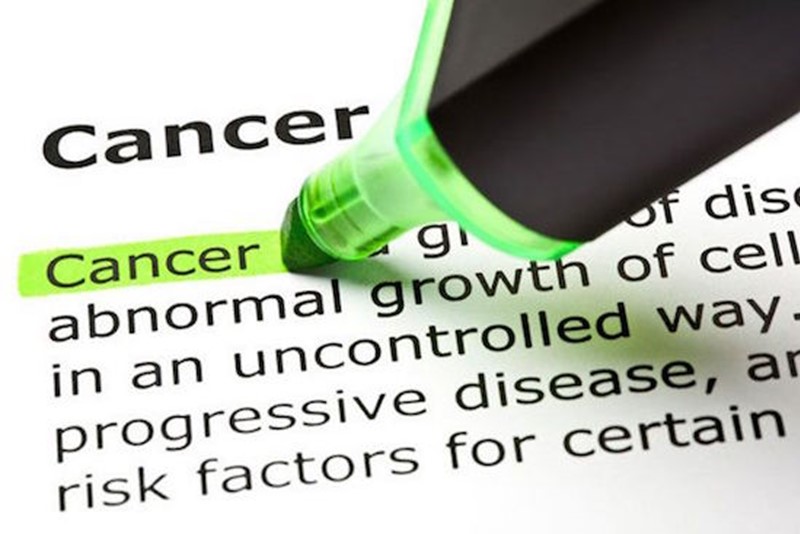
Black men and women have the highest and second-highest rate of cancer diagnosis respectively.
Black men and women currently are more likely to die of cancer than any other ethnic group.1
With an estimated nearly 200,000 new cancer cases diagnosed among blacks in 2016 – the most common of which include prostate (31% of all cancers) for men and breast (32% of all cancers) for women – Paul Crowe, Chairman and Chief Executive Officer at Nuview Life Sciences (NVLS), says ethnic groups predisposed to cancer should follow more intensive screening.
Unfortunately, biopsies today are expensive, invasive and often inaccurate:
33% of men with an initial "negative" result for prostate cancer do have prostate cancer that was missed by the biopsy.
80% of breast biopsies (1.3 million) performed annually result in a benign diagnosis,
These unnecessary procedures cost the US $4 billion annually;
Per Crowe, this inaccuracy can lead to neglected or even unnecessary treatment, a lowered quality of life or worse:
“In the case of a missed diagnosis, a life can be lost – it doesn’t have to be this way.”
Per Crowe, non-invasive technology is the solution to rapid – and accurate – diagnosis.
NuView has announced its new personalized treatment application that will expedite the identification and treatment of many types of malignant cancers. NuView’s system will, for the first time, assess the lowest minimum treatment required to provide a high-quality of life for those affected.
Crowe says these developments will not only save the U.S. billions of dollars, but will improve the quality of life and healthcare of the consumer (patient) market.
Research and testing using NuView’s exclusive imaging agent have been successful in clinical feasibility studies – reporting 100% accuracy in diagnosing cancer in effected males – and the company plans Phase II clinical trials in 2017.


